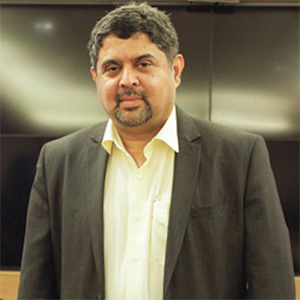India's Silent Skill Development Mission Needs To Make Some Noise
 India is one of world's fastest growing knowledge-based economies due to the copious human capital. However, given the changing demands occurring from the shift in the labour force from primary to secondary and territory sectors, there is a need to further develop the existing low skills levels which pose a challenge to our country's growth and global competitiveness. At the moment about 1.2 crore youth that needs to be skilled and by 2025, another 250 million youth are estimated to enter the Indian workforce.
India is one of world's fastest growing knowledge-based economies due to the copious human capital. However, given the changing demands occurring from the shift in the labour force from primary to secondary and territory sectors, there is a need to further develop the existing low skills levels which pose a challenge to our country's growth and global competitiveness. At the moment about 1.2 crore youth that needs to be skilled and by 2025, another 250 million youth are estimated to enter the Indian workforce.
Ministry of Skill Development and Entrepreneurship Shri Rajiv Pratap Rudy said that his Ministry has trained more than 1.17 crore aspirants in various skills through MSDE schemes and programmes since the inception of Skill India. Given advances in trade liberalization as well as in information technology leading to globalization, it warrants preparing the Indian economy to absorb the large mass of population coming into the workforce. This re-quires ensuring that they are skilled to meet the requirement of the sectors that will employ them.
By its own admission in the Environmental and Social Systems Assessment (ESSA) report by The World Bank, the Government states that while a range of government and private institutions offer skill training programs, these programs suffer from inadequate quality and relevance, lack of coordination within the sector, and insufficient attention to labour market outcomes. In addition, the current training capacity is grossly inadequate to respond to the country's needs.
Despite the emphatic stress laid on education and training in this country, there is still a shortage of skilled man-power and the lack of technical and soft skills, resulting in an urgent and growing need to make young Indians job-ready to address the mounting needs and demands of the industry. More than 93 percent of our workforce still re-mains unorganised. It is estimated that only 4.69 percent of the total workforce in India has undergone formal skill training as compared to more than 50 percent across the developed countries in the world. In the current scenario, of the seven lakh engineering students that graduate annu-ally, merely seven per cent are fit for core engineering jobs. What also helps is providing training in not just technical skills but also soft skills or communication skills, preparing them to transform into workers from students.
Most institutions do not prepare candidates for the new working world, making them struggle while facing the competencies of the professional realm. There is a pertinent need to equip graduates with interpersonal communication skills, basic computer knowledge, the ability to speak English and work as a team. One critical hindrance is the lack of standardisation across the skill development courses. Presently, the National Skill Development Corporation (NSDC) has approved the formation of 40 SSCs in different Sectors. In order to ensure convergence and optimal functioning of SSCs as per mandate were given under the National Policy for Skill Development and Entrepreneurship 2015, it was decided to constitute a Committee to review the functioning of the SSCs and provide a roadmap for their harmonious growth so as to ensure effective development of the skilling ecosystem.
Ensuring Standardisation should be one important factor to be added to the core of such a model. What can be done is strengthening the SSC model by partnering with a PPP model that is based on a global standard of skill assessment and the central authority for skill certification. If this method continues to be carried out in silos, the whole effort will be nothing but a chimera.

